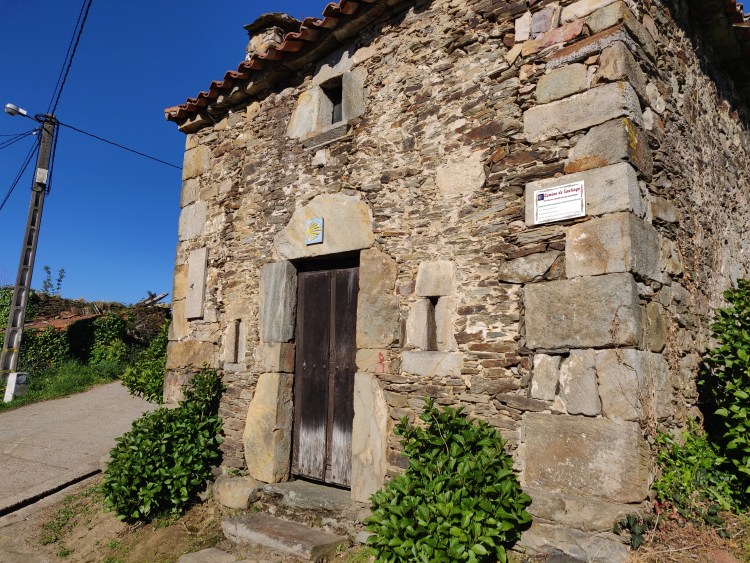Midway upon the journey of my life I found myself within a forest dark, For the straightforward pathway had been lost
DANTE, THE DIVINE COMEDY.

After a hard push through the last few days, I’ve just finished the Primitivo.
The Camino has a special significance over long-distance walks in that it has a long tradition of Pilgrimage. People often walk pilgrimages expecting a road to Damascus conversion but that seldom happens and when it does it’s usually short-lived or superficial. Finding real meaning is a process that can take a lifetime. Walking is a good way to reconnect with nature and by extension with oneself.

Walking is the perfect pursuit because it’s so accessible to so many; it has low impact (both to the body and the planet); it’s cheap; and it’s great for your mental health. It doesn’t even require trips to exotic locations. Some of the best walking can be done from your own front door.

People often travel to far flung places to escape from themselves, but the fact is that wherever you go, there you are.
They change the sky, not their soul, who run across the sea.
Horace, Roman Poet
Yourself always turns up no matter how far you travel. Walking in nature surrounded by mountains and forest is the best type of walking, as it allows you to connect outside yourself with nature and reconnect with your unique innate self.
If the mountains and forest are not accessible to you, then becoming an “urban hiker” around your own city is beneficial too.
Our minds travel when our bodies are forced to stay at home.
Ralph Waldo Emerson
So where to next is the question. As a minimalist and non-materialist, I have come to value experiences over possessions. But now I have to ask myself, am I trading one of societies old addictions for one of societies new addictions and at what cost. Are experiences becoming the new possessions at the cost of making real connections.
Instead of an addiction to status and possessions, we are addicted to experience and novelty. And the end result is the same. Our relationships, our connections to what’s real, sometimes suffer.
Mark Manson
For the moment, I want to explore my own country more.
My next overseas trip will probably be to the Kom-Emine, a 720 km high altitude route, in Bulgaria. This is much wilder and more isolated trek than doing a Camino route.
Thanks for taking the time to read my blog! Happy Travels!







































